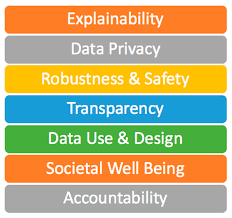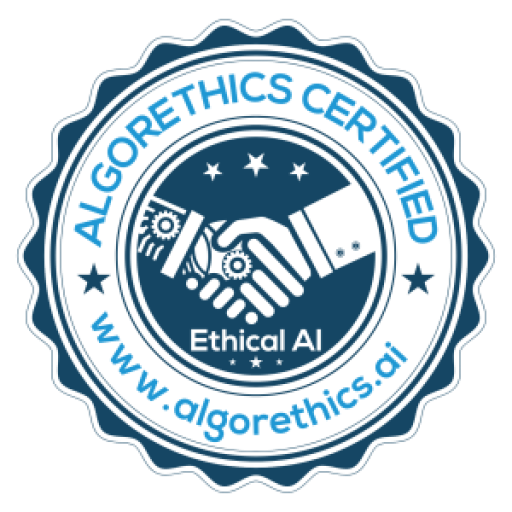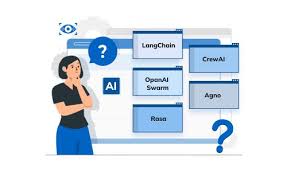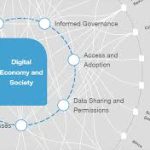From a single artificial intelligence (AI) agent that monitors and flags fraudulent transactions for financial institutions to a multiagent system for supply chain management that tracks inventory levels and forecasts demand, agentic AI can be a boon for businesses. So how can enterprises get started with AI agents? This is where AI agent frameworks come in.
AI agent frameworks: A foundational structure for agentic AI
AI agents are programs that can autonomously perform a task on behalf of a user. These AI systems first devise a plan with a series of steps to accomplish a complex task.
Then, they use function calling to connect to external tools—such as application programming interfaces (APIs), data sources, web searches and even other AI agents—that can help fill any gaps in their knowledge.
After executing their plan of action, autonomous agents learn from feedback and store learned information in memory to improve future performance.
Organizations can build AI agents from scratch by using programming languages such as Python or JavaScript. However, a quicker, more scalable approach involves using AI agent frameworks.
Agentic frameworks are the building blocks for developing, deploying and managing AI agents. These software platforms have built-in features and functions that help streamline and speed up the process, including:
A predefined architecture that outlines the structure, characteristics and capabilities of agentic AI.
Communication protocols that facilitate the interaction between AI agents and human users or other agents.
Task management systems to coordinate tasks.
Integration tools for function calling.
Monitoring tools to track agentic AI performance.
Factors to consider when choosing an AI agent framework
Before diving into the world of AI agents, think about your organization’s goals and use cases. The ideal framework strikes a balance between your technical capabilities, your short-term requirements and your long-term objectives.
Here are a few aspects to factor in when selecting an AI agent framework:
Complexity
Data privacy and security
Ease of use
Seamless integration
Performance and scalability
Complexity
Identify the tasks that you want an AI agent to fulfill and how complex these tasks are. Determine whether you need a simple implementation with only a single agent or a multiagent ecosystem.
For multiagent environments, map out the agent interactions required and where human intervention is still needed.
In the customer support realm, for instance, a single AI agent can help classify the severity of issues that come in. However, if you’re aiming for a more robust workflow, consider creating a multiagent system with different agents to troubleshoot issues, suggest fixes and assign complicated cases to other AI or human agents.
Data privacy and security
Data privacy and security must be top of mind when selecting an agentic framework. Verify the security policies and measures of your framework of choice, including encryption for data at rest and in transit, access controls and removing any sensitive information.
Ease of use
Consider your development team’s skill level. A beginner-friendly AI framework such as CrewAI, for example, has a no-code interface for rapid prototyping and ready-made AI agent templates for swift deployment.
More experienced AI developers might go for advanced agent frameworks such as LangGraph that offer low-level control and customizable code options.
Seamless integration
Evaluate agentic AI frameworks based on their compatibility with your existing tech stack. Check how well your choice of framework integrates with your current data sources, infrastructure and tools.
Figure out how agentic AI will be deployed to your environment—be it on-premises or in the cloud—and if a small-scale or large-scale deployment is required.
Performance and scalability
Appraise the performance of your chosen AI agent framework. Think about response time or latency for real-time applications, and assess if performance degrades when processing huge volumes of data or multiple concurrent requests. And while the focus might be on the short term, think about how the framework scales as your business grows.
Popular AI agent frameworks
Agentic AI is still in its early stages. As the technology behind AI agents evolves, so too will the frameworks underlying them. Here are some currently popular AI agent frameworks:
AutoGen
AutoGen is an open-source framework from Microsoft for creating multiagent AI applications to perform complex tasks. Its architecture consists of 3 layers:
Core is a programming framework for developing a scalable and distributed network of agents, with tools for tracing and debugging agent workflows. It employs asynchronous messaging, supporting both request-response and event-driven agent interactions.
AgentChat is built on top of Core and can be used to craft conversational AI assistants. It’s the proposed starting point for beginners, offering default single agents and multiagent teams with predefined behaviors and interaction patterns.
Extensions is a package containing implementations of Core and AgentChat components to further expand their capabilities and interface with external libraries and other services. You can use built-in extensions and those developed by the AutoGen community, or even create your own.
AutoGen also provides 2 handy developer tools: AutoGen Bench for assessing and benchmarking agentic AI performance and AutoGen Studio for a no-code interface to develop agents.







